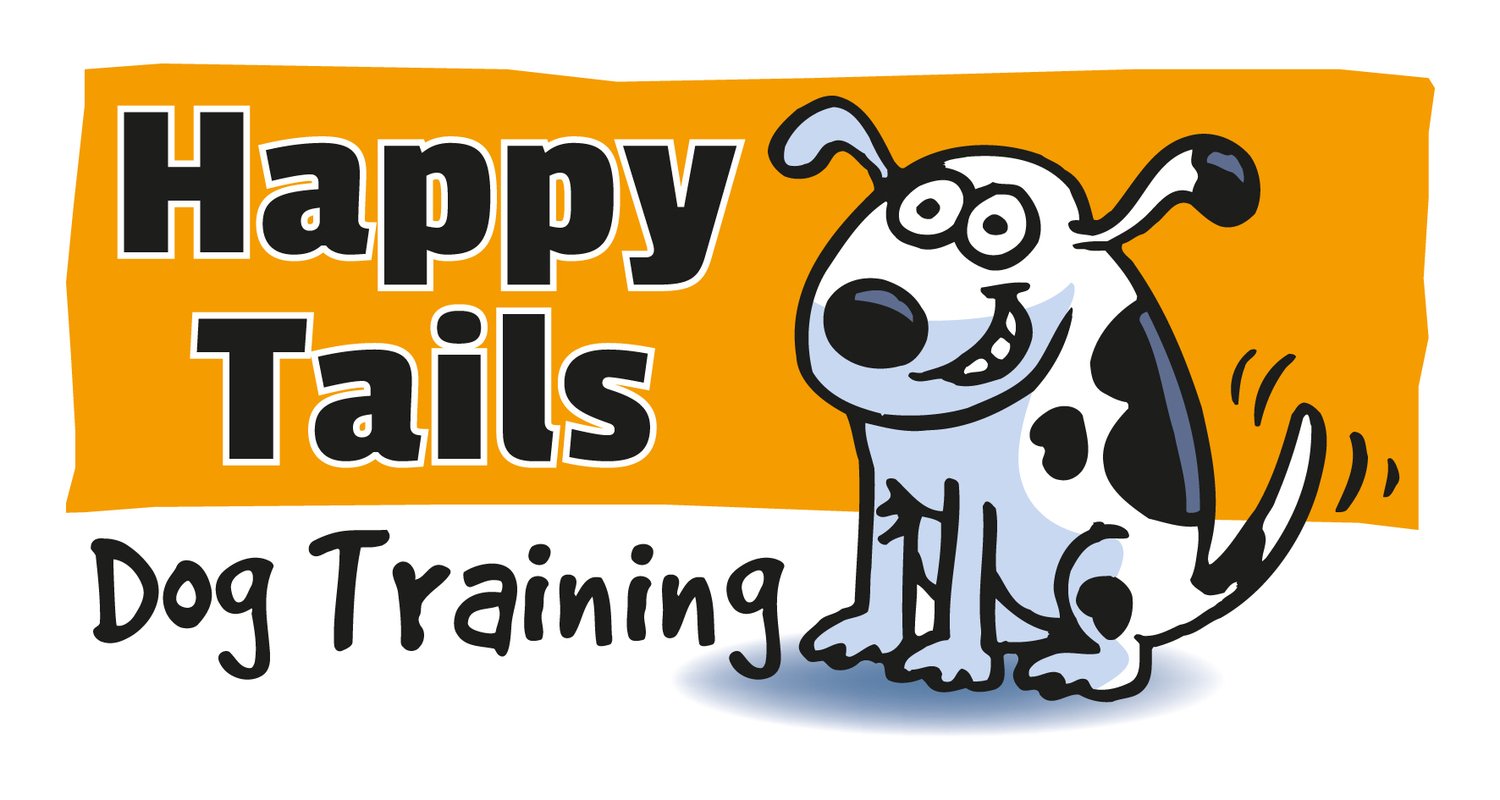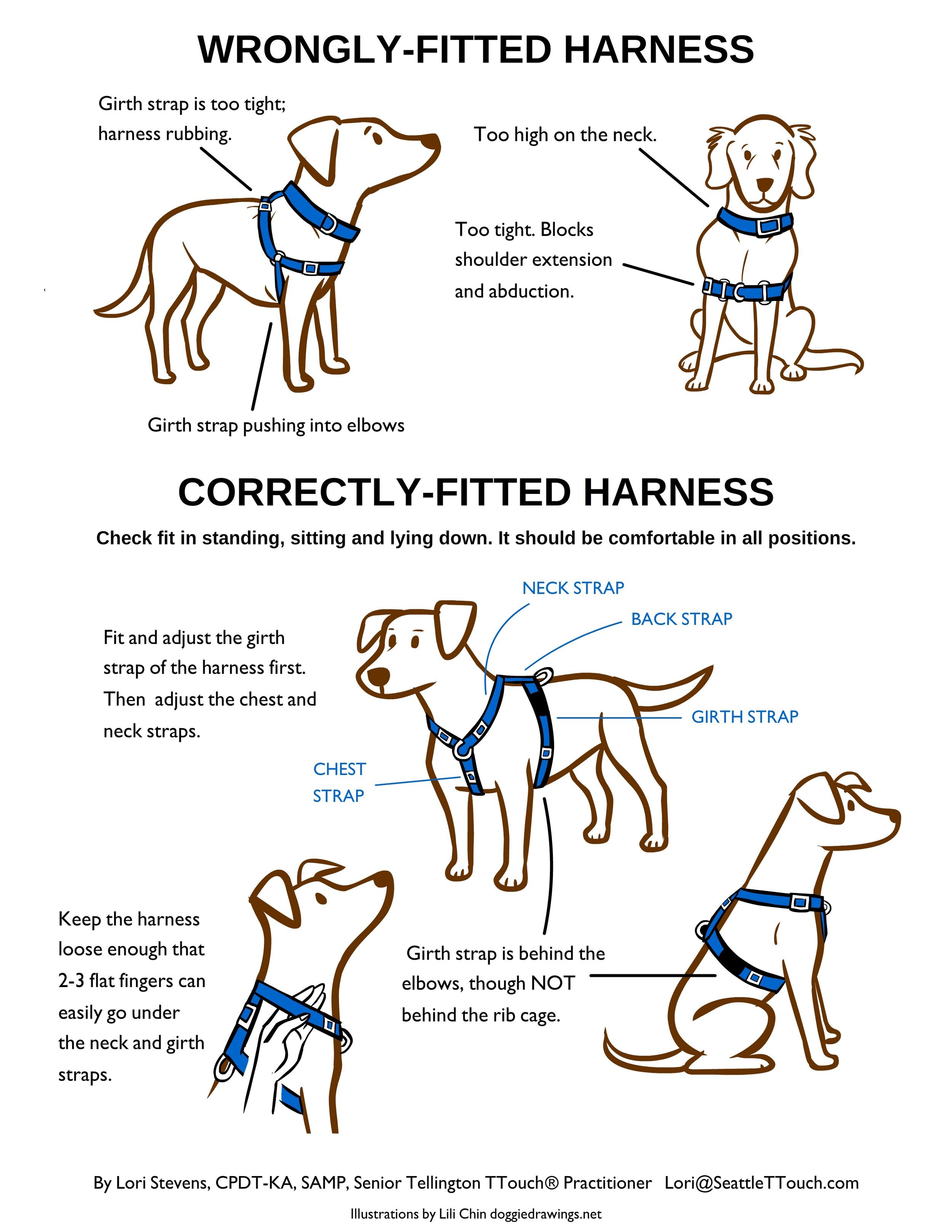How to choose the right dog harness
/I am stockist of Ruffwear dog equipment, including harnesses such as the Ruffwear Front Range or Ruffwear Flagline, and today’s blog explains why I always recommend the use of such v-style harnesses and show you how to fit a harness correctly.
Why use a harness
Perhaps you have a dog that constantly pulls like a sled dog. But even if you’ve trained your dog to walk nicely on a loose lead, there will always be occasions when things just get too exciting and your dog suddenly starts pulling.
The area around a dog’s throat is one of the most vulnerable parts of its body. We’ve all heard dogs choking while straining on the lead so much, they can hardly breathe. Collars can cause damage or exacerbate many physical conditions including eye problems caused by intra-ocular eye pressure (IOP), collapsed trachea, thyroid disorders, and negative effects on lymph system, blood flow, and neural pathways. A harness is a much safer and kinder way to walk your dog.
Best type of harness
V-style harness (Ruffwear Front Range)
I always recommend a 'V or Y style' harness as they are one of the most biomechanically sound harnesses on the market. When fitted correctly, they don't put any pressure on soft tissue, shoulder joints or scapulae, and they allow for full movement.
Note that dogs can still pull with these harnesses. However, research studies have shown that when dogs were walked on biomechanically sound and correctly fitted harnesses, pulling had no effect on intra-ocular pressure (IOP).
The wrong style or a wrongly fitted harness can affect a dog’s gait and movement. That’s why I don’t recommend harnesses that go around a dog’s chest. They place pressure on a dog’s shoulder, restrict a dog’s movement, and alter gait, which can over time cause joint problems and soft tissue damage.
I believe a harness is simply safety equipment, like a seat belt. As a force-free trainer, I advocate teaching your dog loose-lead walking with positive reinforcement to reduce pulling and so you and your dog build engagement and grow your relationship.
For that reason, I also avoid harnesses that are specifically designed to apply pressure or pain to prevent pulling. I believe these are just tools that physically inhibit pulling, but they don’t teach a dog how you’d like them to walk. Usually, as soon as you take the ‘tool’ off, the dog will likely pull again.
How to fit a harness correctly
A proper fit is essential. Canine osteopaths, vets and physios recommend that a harness should rest on the dog’s skeleton not on the soft tissue, and should allow for full movement of limbs, body, and neck. Wrong style or incorrectly fitted harnesses can cause injuries to shoulder joints, scapulae, or biceps tendon.
The part of the harness that sits on the dog’s back should start on the withers – this allows for full movement of the neck and does not put pressure on the soft tissue of the neck
The top of the chest part of the harness should rest on the sternum
The part of the harness that wraps around the dog’s neck should leave shoulder joints free and not impede movement, i.e., the limbs should be able to go through their normal range of movements and there should not be any resistance blocking any normal functional movement.
The girth straps should sit about two-three fingers-width away from the elbow (so they don’t rub the elbow when moving and don’t cut under the armpit) and they should go no further than the ribs
The harness should have lots of symmetric adjustment points to get a good fit and to avoid unbalance and rotation of the harness
The harness should have very few rigid spots
The harness should not have to be tight in order to stay in place. You should be able to slip your hands easily into any area of the harness and when pulling on the harness you should not feel any pinching or discomfort anywhere
There should be equal weight distribution throughout the harness and there should not be one area that is preventing the dog from pulling
The buckles should not irritate the fur or be too heavy
Ruffwear harnesses
I'm very excited to announce that I am now proud stockist of Ruffwear gear, including harnesses such as the Front Range or Flagline harness as well as some very nifty and stylish leads and collars.
Ruffwear dog equipment is designed from a dog’s perspective. The products are rigorously field tested and guaranteed against defects in materials and craftsmanship.
The Ruffwear Front Range harness has all the features you want in a harness and it is well padded. It does have a chest attachment so it can be used to gently discourage pulling while you’re training loose-lead walking. The aim is to move on to the back attachment as soon as your dog knows how to walk on a loose lead.
I have a range of harnesses in stock so you can try them on your dog for fit and see the colours. Special prices as an introductory offer for a limited time.





